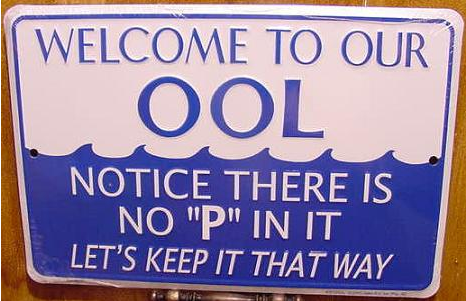My friend and colleague Sameer Bendre and myself are currently serving as Co-Product Owners for the PMI Community of Practice (CoP) blog. Like any challenge I accept, I like to eat my own dog food. What that means is if we're going to have a blog about Agile, we should take an agile approach to its creation. Though I wouldn't say the following is exclusively Agile, I am listing some content from a Product Owner training deck. There will be three things I guarantee: Transparency, Inspection, Adaptation
Transparency -Honesty about progress & problems Inspection - Feedback will come from real customers & users Adaptation - Tweaking of blog based on feedback & goals
Because we're initiating a project, Sameer and I are going through some discovery. First up is project orientation. We're doing process analysis, we're understanding scope and objectives, and we're creating the initial product backlog.
But, are we ready to start blogging? To do so, we need to ask ourselves Why, What, and How.
Why?
What are the stakeholders’ goals?
What?
What is the Outcome Vision? What is the end result?
How?
What is the Implementation strategy?
Yesterday I heard an awesome quote, as I sat in on a Product Owner class. My colleague Arlen Bankston quoted Peter Skillman.
Enlightened trial-and-error succeeds over the planning of the lone genius
I've never been one to silence that inner voice. If I have a problem, I share it and have faith in the collective minds of my readers to propose a solution. I'm not saying I don't have vision. I do. What I'm talking about here is an impediment or a problem. When I looked at the web address of the Agile CoP blog, I noticed that it was deep in the PMI website. There was no link from the homepage. The Agile CoP blog can only be viewed by (logged in) PMI members. So, the question I have to the CoP members is, how do we get the word out? How do we blog about things that others (outside of our immediate group) will actually read?
My short term solution is to repost here, on the Critical Path blog. The next thing I would propose is someone convince PMI to allow more people to post on the Voices blog. It's the only PMI blog that appears to be open to the world. If PMI wants Agile readers, they need to open the blogs to more readers.
In closing, I'm not lambasting PMI. I'm bringing attention to both an issue and an opportunity. I want more visibility to what our CoP has to say. I want to have our voices be heard.
HT: Pictofigo for the drawing






